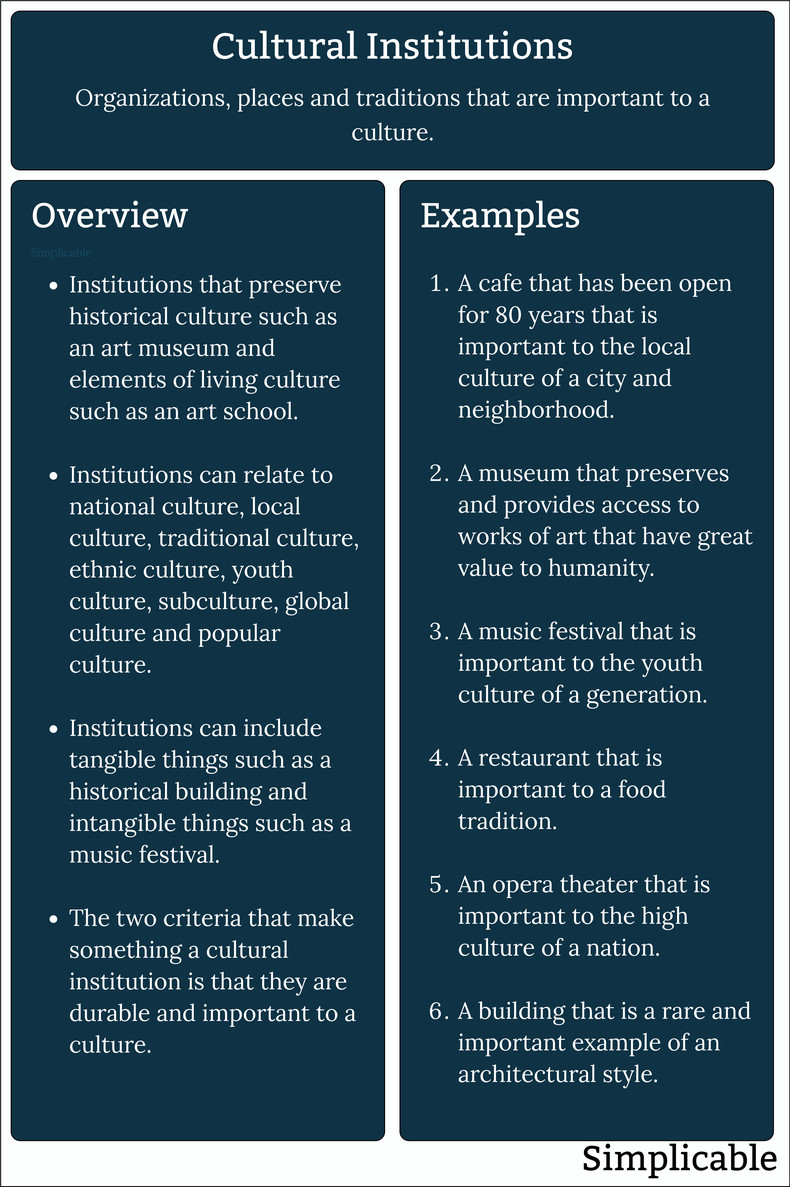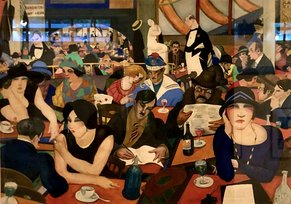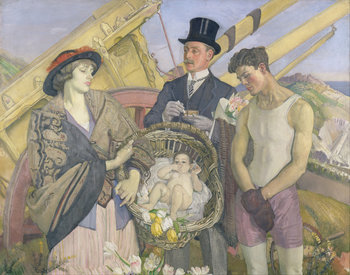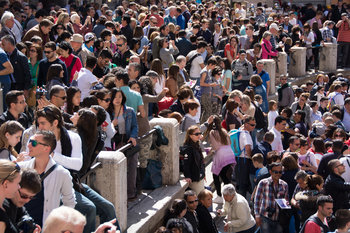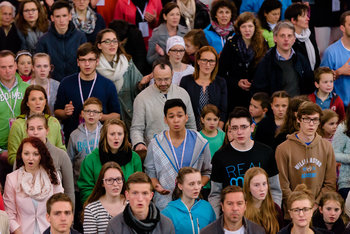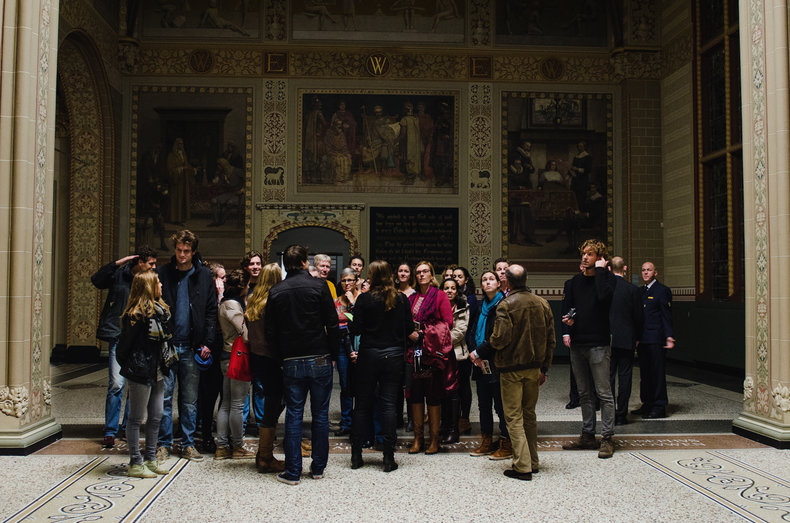
Aquariums | Archaeological Sites |
Architectural Heritage | Archives |
Art Galleries | Art Schools |
Artisan Markets | Artisans |
Cafes | Community Choirs |
Community Theater | Concert Venues |
Cultural Centers | Cultural Festivals |
Dance Studios | Design Institutes |
Fashion Schools | Film Festivals |
Film Studios | Food Trucks |
Gardens | Historical Sites |
Historical Societies | Jazz Clubs |
Karaoke Boxes | Libraries |
Maker Spaces | Museums |
Music Festivals | Music Halls |
Music Schools | Music Studios |
Newspapers | Night Clubs |
Opera Houses | Parades |
Planetariums | Publishing Houses |
Pubs | Record Labels |
Record Stores | Religions |
Restaurants | Sports Clubs |
Sports Leagues | Theaters |
Theme Parks | Universities |
Video Game Arcades | Zoos |
Summary
The two criteria that make an organization, place, structure or tradition a cultural institution is that they are durable and important to a culture. Durable implies that the institution has been sustained over a long period of time or is likely to be sustained long into the future. The following is a basic overview of cultural institutions with additional examples.